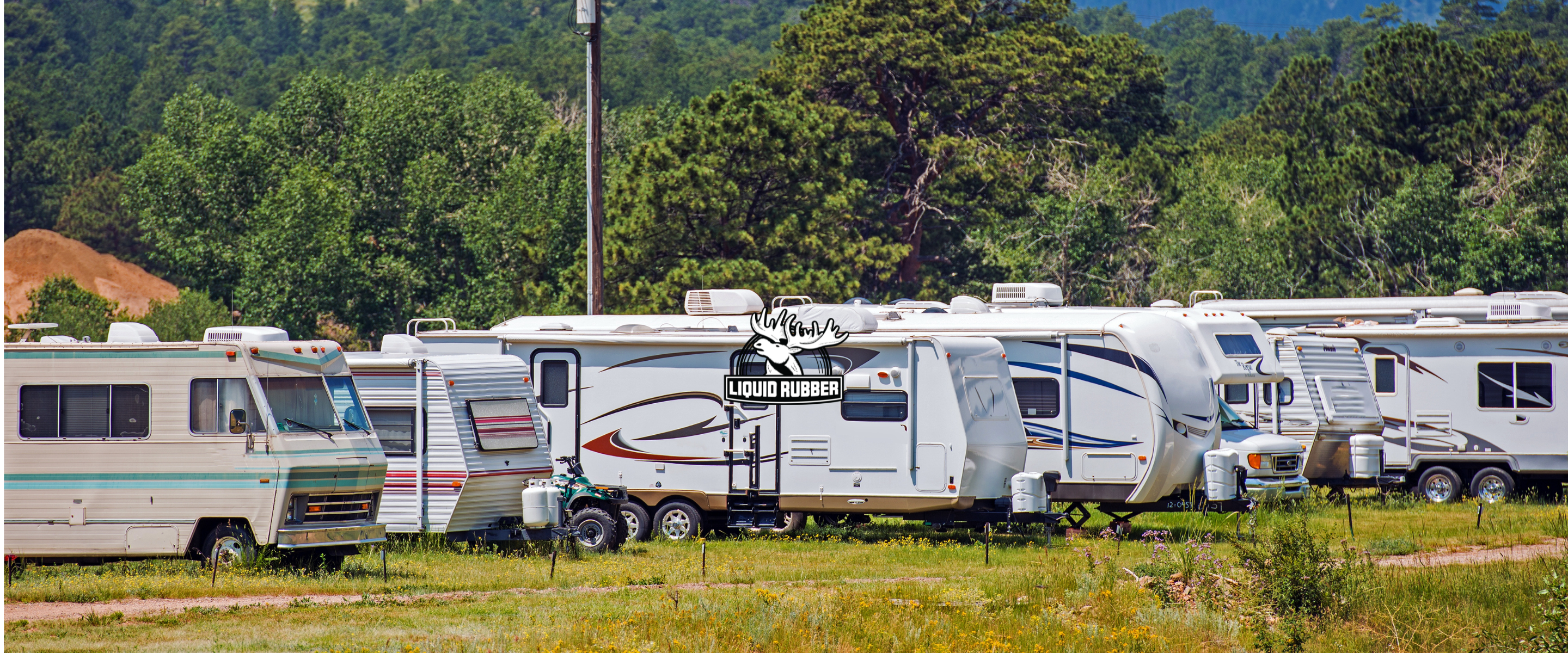Rubber roofing systems have become a popular choice for both residential and commercial properties due to their durability, energy efficiency, and ease of installation. There are several types of rubber roofing systems available on the market, each with its own unique set of properties and advantages.
Some of the most common rubber roofing systems include:
Ethylene Propylene Diene Monomer (EPDM)
EPDM is a highly durable synthetic rubber membrane that is widely used in low-slope commercial and residential roofing applications. It is known for its excellent resistance to weathering, ozone, UV rays, and extreme temperature fluctuations.
Thermoplastic Olefin (TPO)
TPO is a single-ply roofing membrane that combines the benefits of EPDM and PVC roofing systems. It is highly resistant to UV rays, ozone, and chemical exposure, making it a popular choice for commercial applications.
Polyvinyl Chloride (PVC)
PVC is a flexible single-ply roofing membrane that offers excellent resistance to chemicals, oils, and grease. It is commonly used in commercial roofing applications, particularly in areas with high chemical exposure.
Spray Polyurethane Foam (SPF)
SPF is a closed-cell, spray-applied roofing material that provides excellent insulation and waterproofing properties. It is often used as a top coat for existing roofing systems to improve their energy efficiency and durability.
How Rubber Roofing System Liquid Works
Rubber roofing system liquid is a combination of high-quality, elastomeric materials that create a seamless, waterproof membrane when applied to a roof surface. The liquid is typically applied using a roller, brush, or spray equipment to ensure even coverage and complete adhesion to the existing roofing material. The liquid cures to form a flexible, yet durable, rubber membrane that provides exceptional protection against water intrusion and weather-related damage.
Waterproofing Properties
One of the primary benefits of rubber roofing system liquid is its ability to create a seamless, waterproof barrier. The liquid fills in any cracks, gaps, or seams present on the roof surface, ensuring that water cannot penetrate and cause damage to the underlying roofing materials or building structure.
UV and Ozone Resistance
Rubber roofing system liquid is specially formulated to withstand the damaging effects of UV rays and ozone. The material's inherent resistance to these environmental factors helps prolong its lifespan and maintain its integrity, even in harsh climates.
Energy Efficiency
Rubber roofing system liquid acts as an effective insulator, keeping heat inside the building during the winter months and reflecting solar heat during the summer months. This can result in significant energy savings and reduced heating and cooling costs for the property owner.
Flexibility and Durability
The elastomeric properties of rubber roofing system liquid allow it to expand and contract with temperature fluctuations without cracking or splitting. This flexibility ensures the membrane remains intact and functional, even in areas with extreme temperature variations.
Application Process
The application process for rubber roofing system liquid generally involves the following steps:
1. Surface Preparation
Before applying the rubber roofing system liquid, the existing roof surface must be thoroughly cleaned and prepared. This may involve removing any loose debris, dirt, or old roofing materials and repairing any damaged areas.
2. Priming
A primer is often applied to the roof surface to enhance adhesion between the rubber roofing system liquid and the existing roofing material. This step is particularly important for surfaces that are porous or have been previously coated with other materials.
3. Application
The rubber roofing system liquid is then applied to the roof surface using a roller, brush, or spray equipment. Multiple coats may be necessary to achieve the desired thickness and ensure complete coverage of the roof surface.
4. Curing
After application, the rubber roofing system liquid must be allowed to cure for a specified period, typically 24 to 48 hours. During this time, the liquid forms a strong bond with the existing roofing material and cures into a durable, flexible membrane.
Maintenance and Repair
Rubber roofing system liquid is designed to be a low-maintenance roofing solution. However, regular inspections and routine maintenance can help prolong the lifespan of the roof and ensure its continued performance. Some maintenance tips include:
- Inspect the roof regularly for signs of damage, such as cracks, punctures, or seam separation.
- Remove debris, dirt, and leaves from the roof surface to prevent the buildup of moisture and the growth of mold or algae.
- Check for ponding water, which can lead to premature deterioration of the roof membrane.
- Repair any damaged areas promptly to prevent water intrusion and further damage to the roof's structure.
Conclusion
Rubber roofing system liquid is a versatile and durable roofing solution that offers numerous benefits, including waterproofing, energy efficiency, and resistance to UV rays and ozone. Its seamless application process ensures complete coverage and protection for a variety of roof surfaces. By understanding how rubber roofing system liquid works and following proper maintenance procedures, property owners can enjoy a long-lasting, high-performing roof that stands up to the elements and protects their investment.





